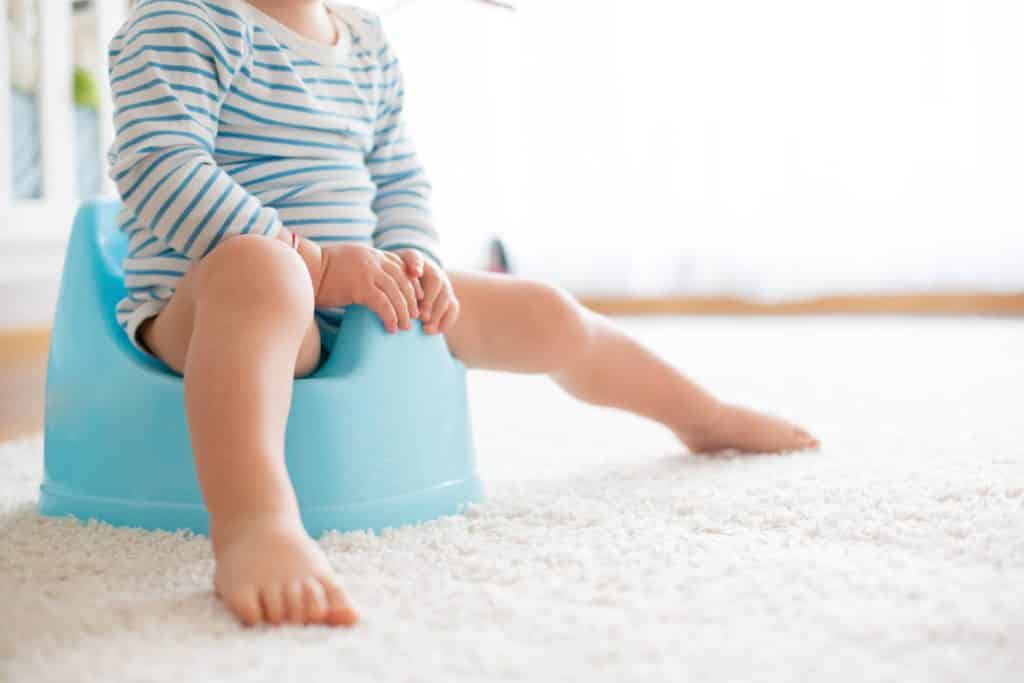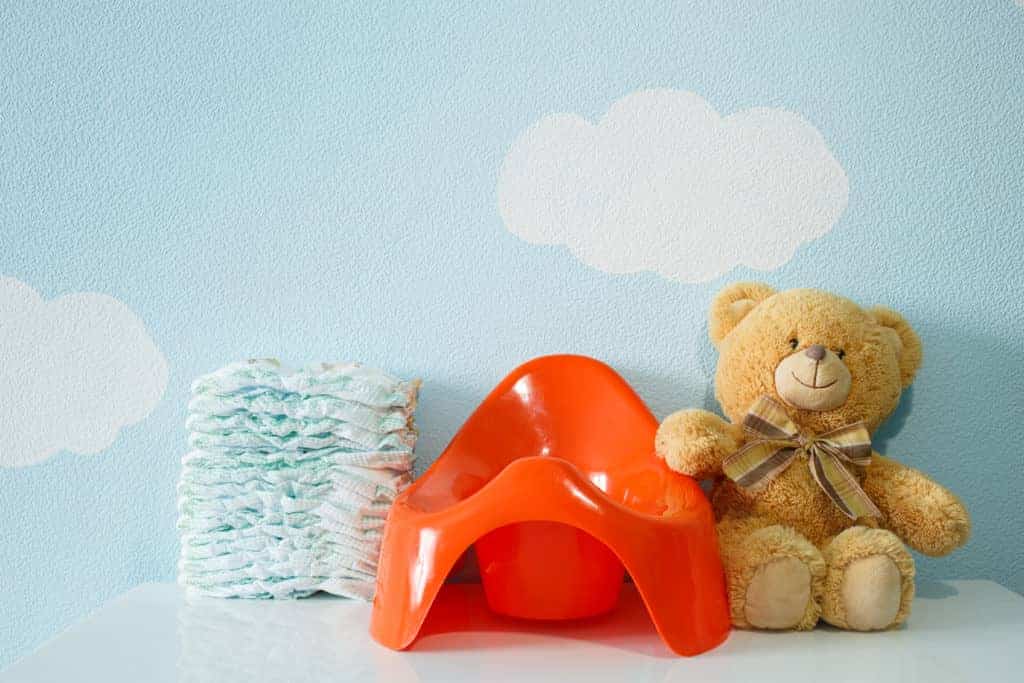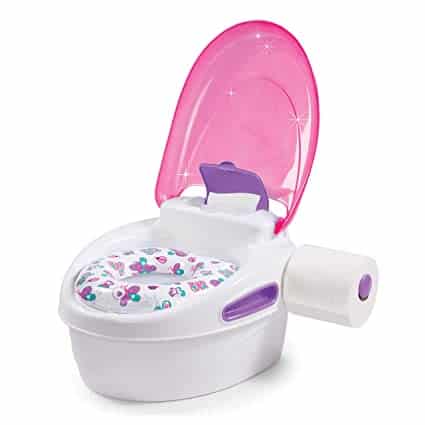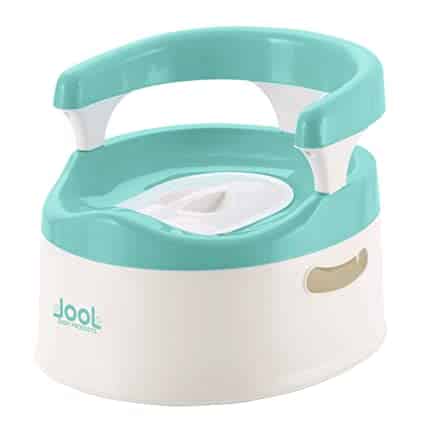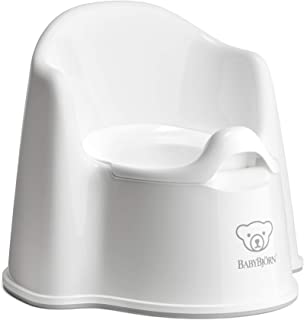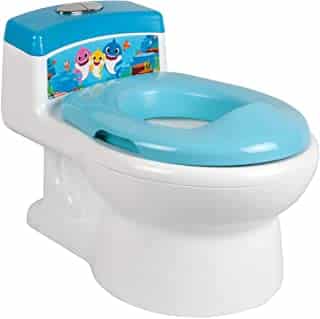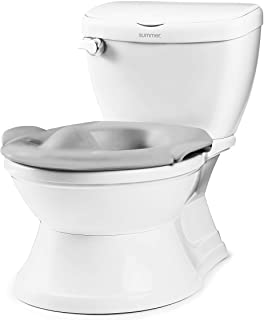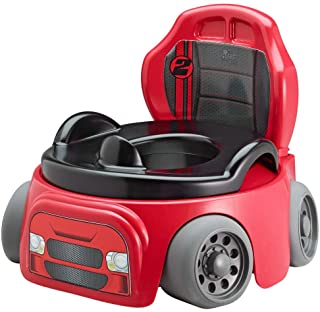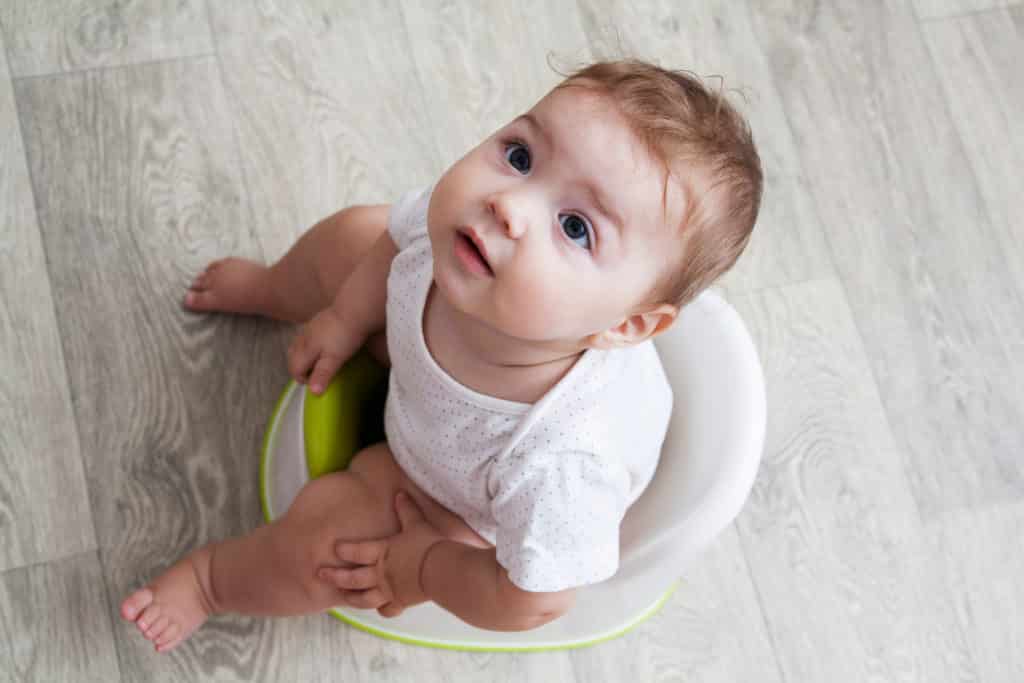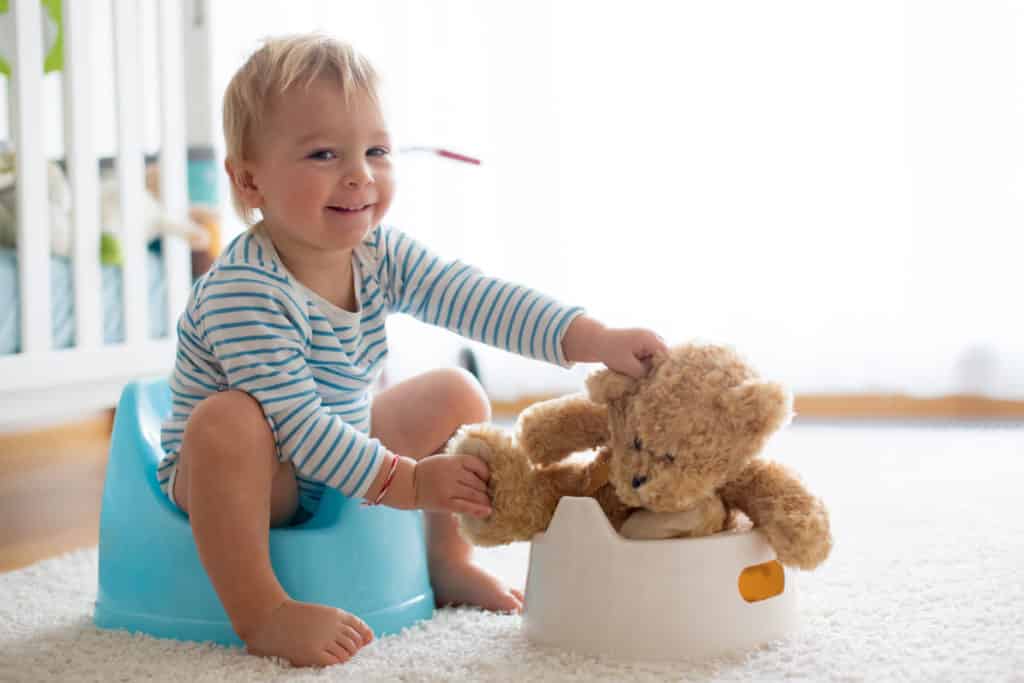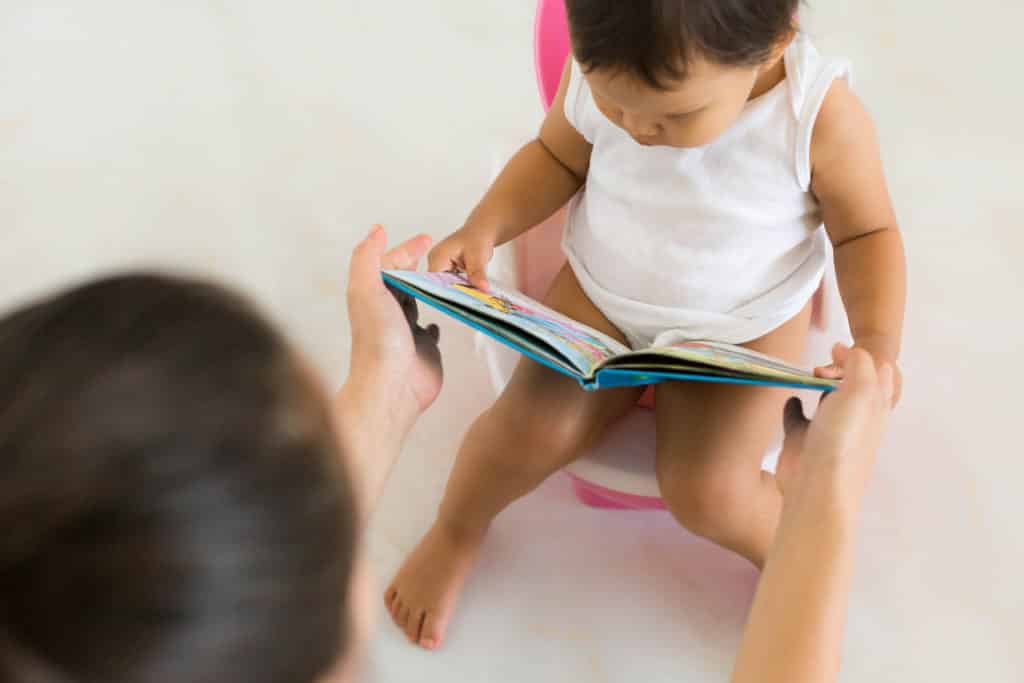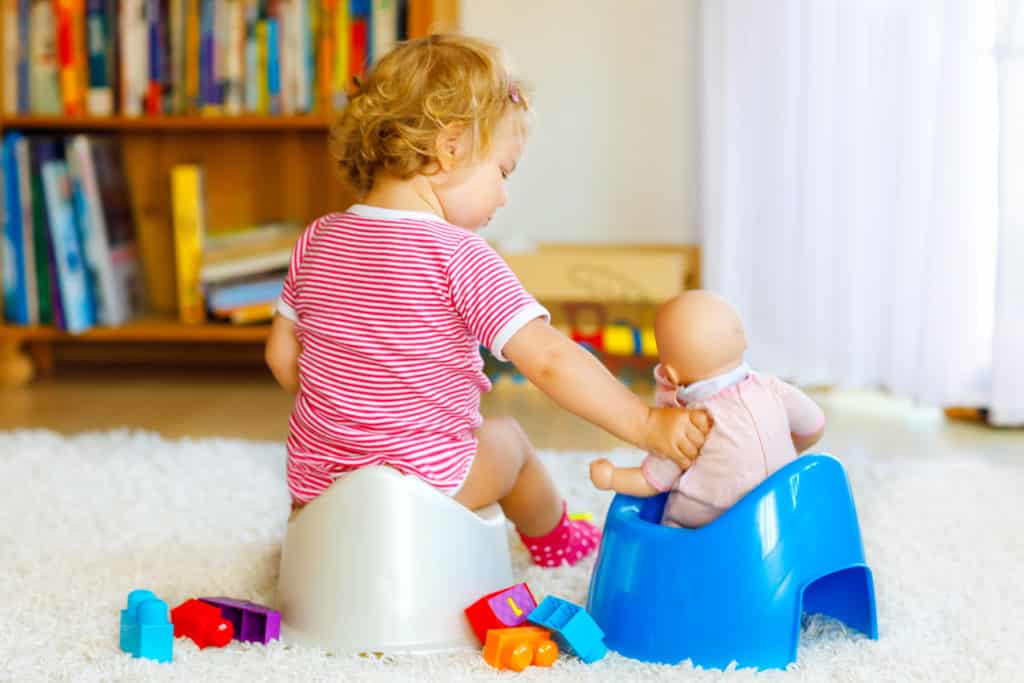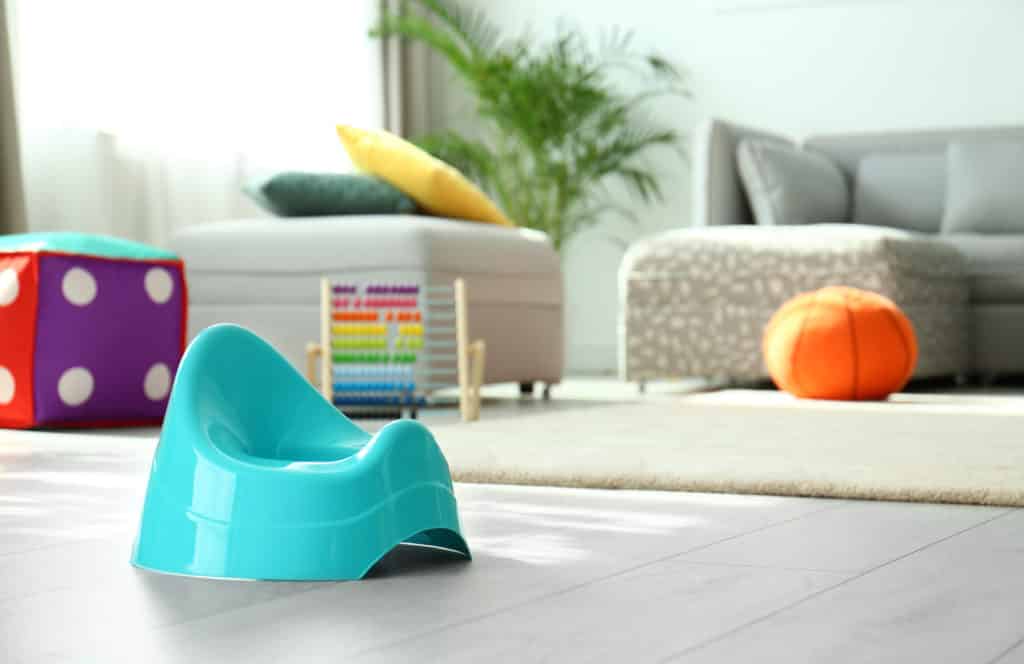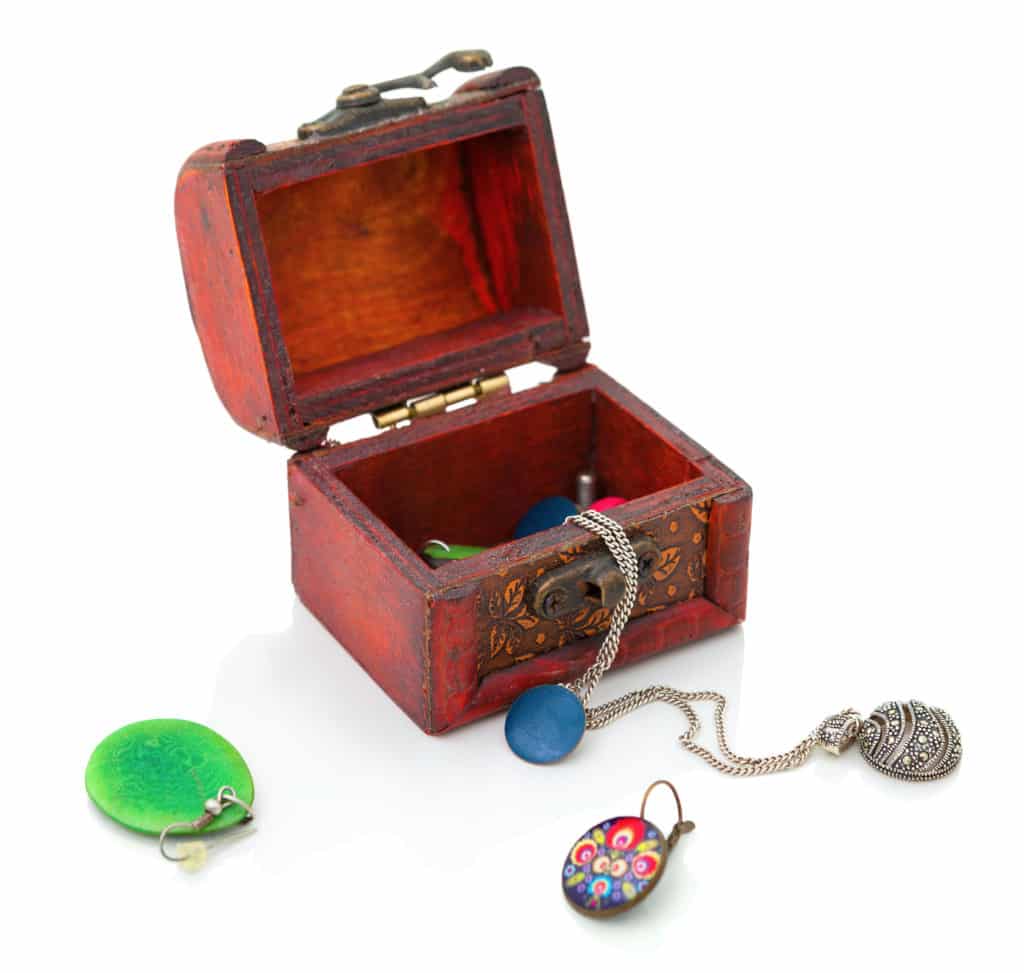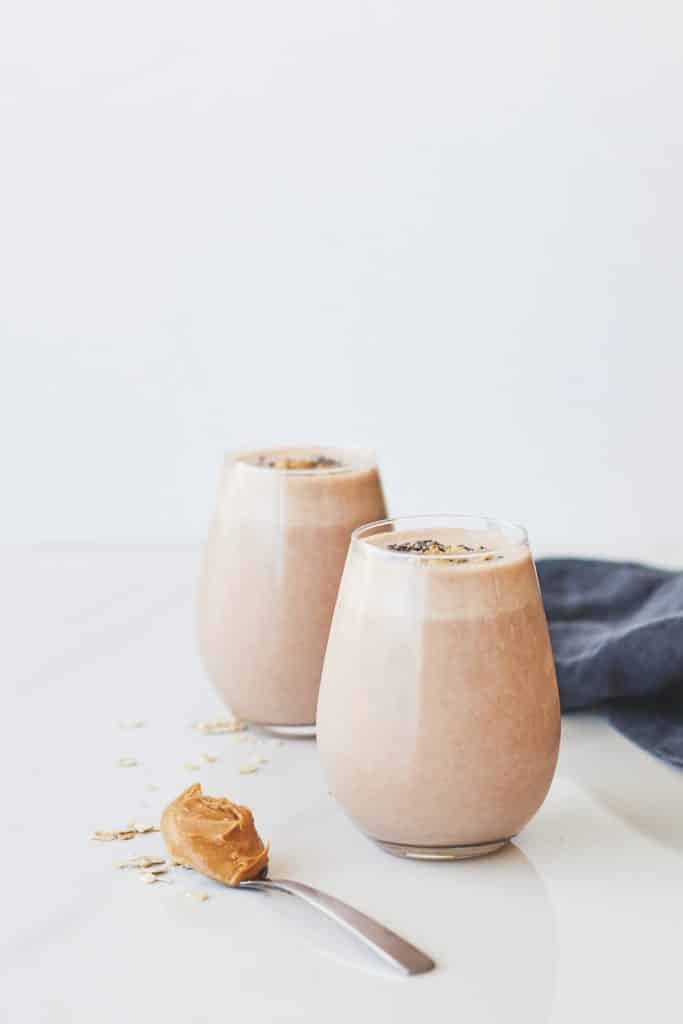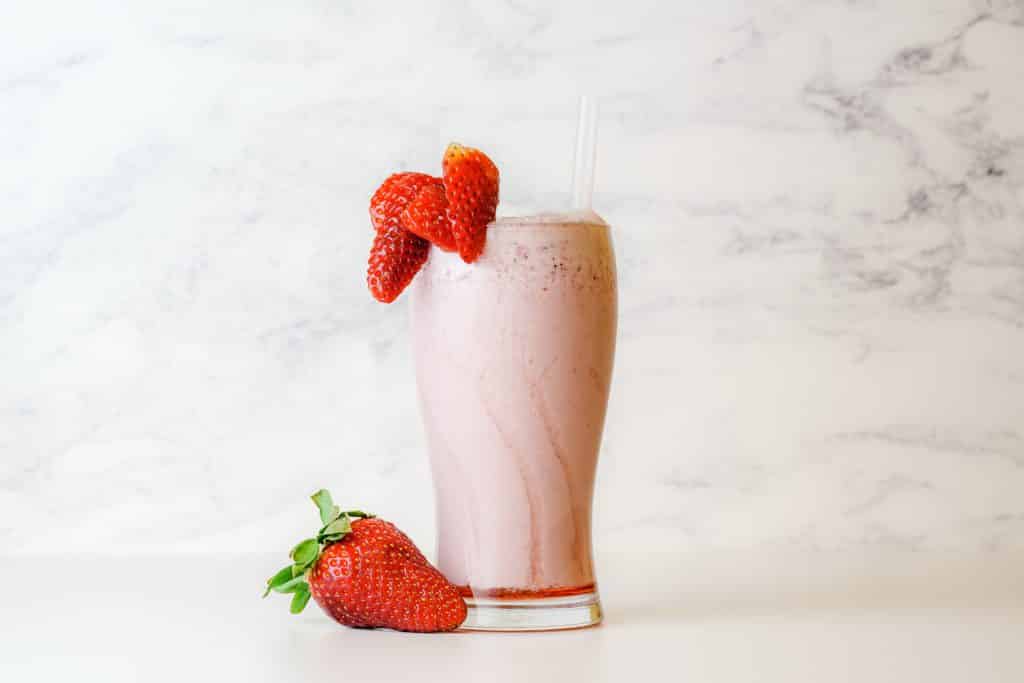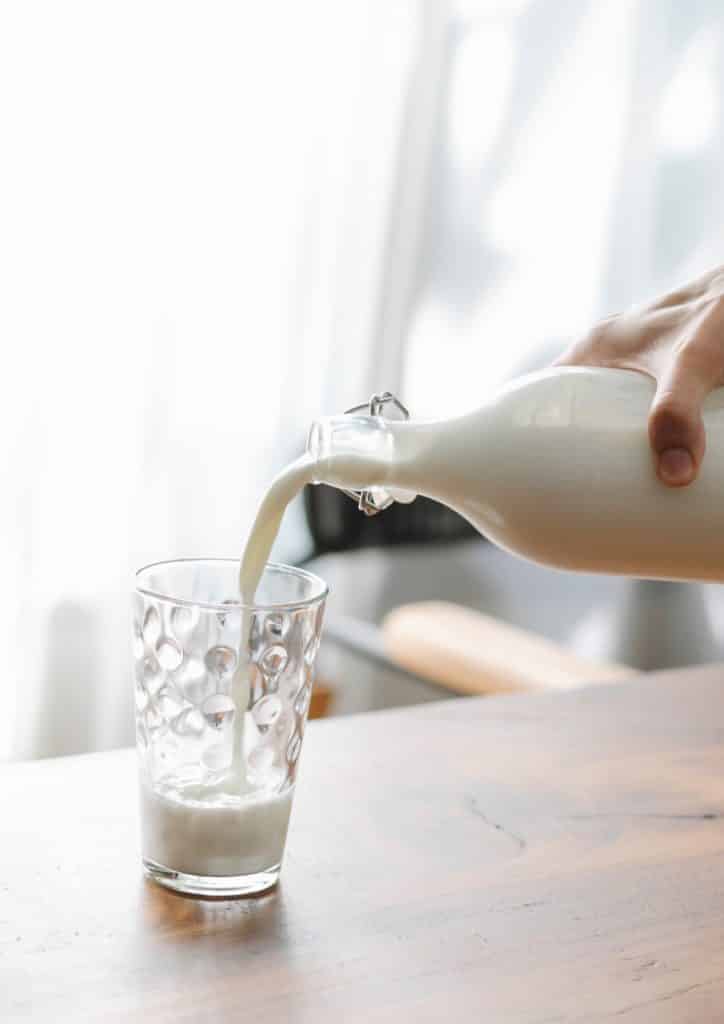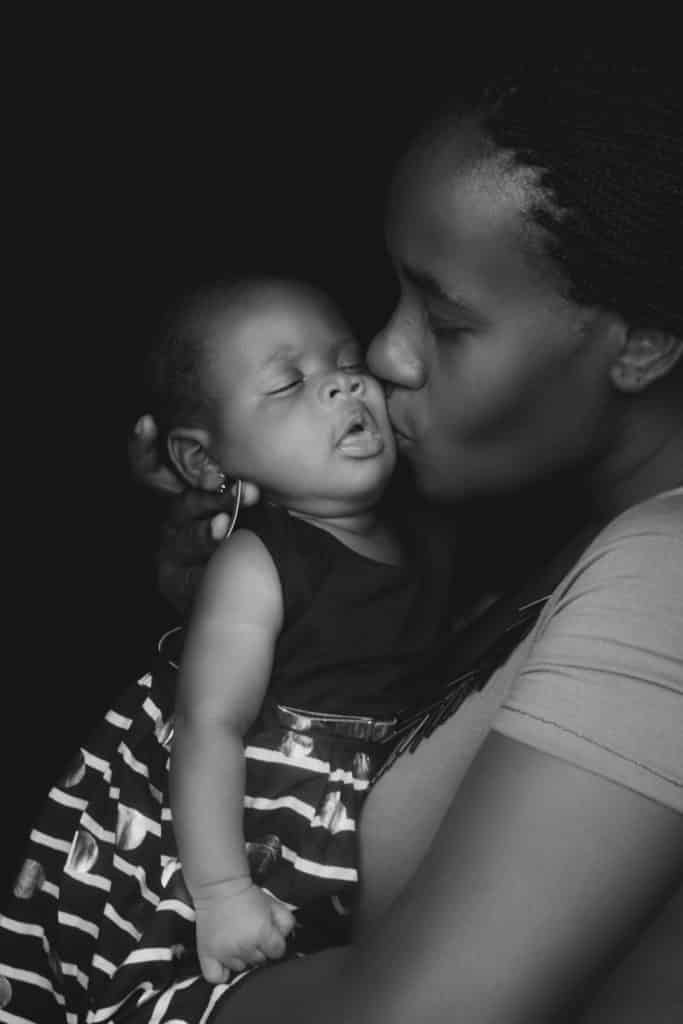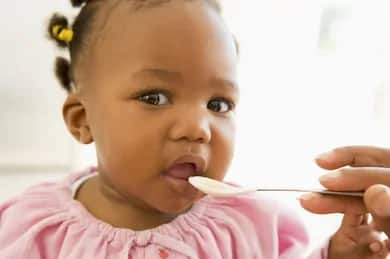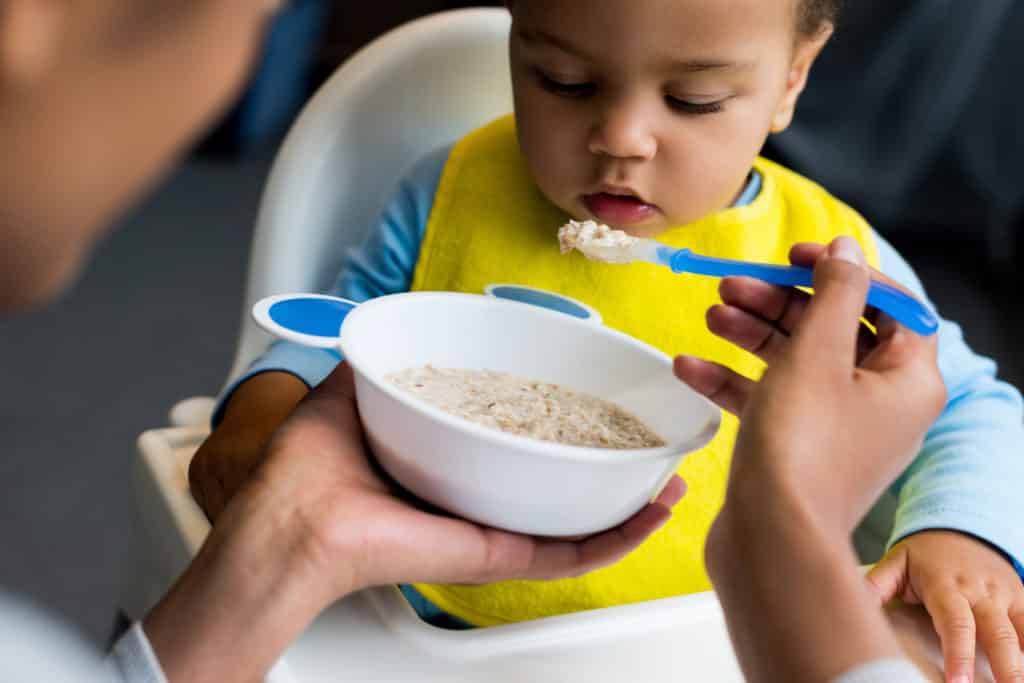Hemorrhoids are not strange for most new moms. Thankfully, not all moms experience it. However, women who had vaginal deliveries face a greater risk of postpartum hemorrhoids.
This article provides reliable information on what you need to know about postpartum hemorrhoids; the symptoms, causes, and possible home remedies.
Table of contents
What are Hemorrhoids?
Hemorrhoids are veins that have become swollen and filled with blood (varicose veins) inside your rectum or in the skin surrounding your anus. If this occurs after delivery, it is called postpartum hemorrhoids. However, some women may even have to deal with hemorrhoids during pregnancy.
Although hemorrhoids can be quite painful and irritating, they can easily be treated with some reliable home remedies.

Symptoms of Postpartum Hemorrhoids
Most times, hemorrhoids can be itchy and painful. Some other symptoms of hemorrhoids include:
- Bleeding during bowel movement
- Swelling
- Pain in the anal area
- Sensitive lumps near the anus
Do Hemorrhoids Go Away On Their Own?
Yes, some hemorrhoids go away on their own.
Depending on the location, size, and severity of the hemorrhoids, the duration ranges from three days to two weeks.
Just before we talk about treatment, let us consider the causes of hemorrhoids after childbirth.
What Causes Postpartum Hemorrhoids?
Veins have valves that help to direct the flow of blood back to the heart. These veins can become weakened, especially during pregnancy and childbirth. When they weaken, the blood doesn’t flow back effectively, so they swell with blood leading to hemorrhoids.
In the postpartum period, moms (especially those that had vaginal delivery) usually experience hemorrhoids as a result of stress on the perineum during delivery.
Constipation is quite common after childbirth. This can be due to hormonal changes, or fear of stooling due to pain. Hemorrhoids can become worse with constipation and straining as these also put pressure on the veins around the anus.
In some women, together with changes in hormonal levels, pain medication, dehydration, and some other factors, may result in hemorrhoids.
Home Remedies For Hemorrhoids
There are some home remedies you can try out to get rid of your hemorrhoids. These include:
1. Apply ice to the area.
Apply an ice pack for about 10 to 20 minutes three to four times a day. This would provide relief to the pain you’re feeling. However, it is important to wrap the ice pack in a cloth before placing it on your skin. Alternatively, you could apply a perineal cold pack.
2. Keep the area clean.
Ensure you keep the area clean by cleaning gently but thoroughly. This helps to prevent further irritation to the area which can delay the healing process. A perineal wash bottle comes in very handy here!
3. Avoid straining.
When you strain during a bowel movement, you put more pressure on your rectum and this can aggravate your pain. Be mindful not to strain or push during a bowel movement.

Allow gravity do the work for you.
4. Don’t Hold For Too Long
Use the toilet when you have the urge to. Don’t “hold” your poo fearing that it will cause more pain. The longer you wait to use the toilet, the harder your stool gets, and the more painful it becomes when you eventually want to use the toilet.
This can worsen your hemorrhoids.
5. Fiber Works
Eat a lot of fruits, vegetables, and fiber-rich foods. Fiber-rich foods soften your stool and also add bulk to it, which prevents constipation. Fruits and vegetables help to promote bowel movement. Proper bowel movement is very important in the treatment of hemorrhoids
6. Stay hydrated
Drinking a lot of water helps you stay hydrated and also prevents constipation. In addition, water would keep your skin fresh and healthy all the time.
7. Use Mild Stuff
Error! Filename not specified.
Use fragrance-free and dye-free hygiene products including menstrual pads, toilet paper, etc. to avoid irritation to your skin. You can even use moistened wipes which are gentler on your skin than dry toilet paper.
8. Avoid or treat constipation.
You can use prescribed stool softeners which help to moisten and soften your stool so that it can easily pass through. Topical supplements or medication are also helpful. Seek your doctor’s counsel before using any new over-the-counter drugs.
9. Exercise Often
Regular postpartum exercise strengthens your perineum. Try to move around more, even if it’s just a walk over a short distance. Exercise also helps to prevent constipation.
However, you should consult your doctor to know which exercise is best for you considering that you’ve just given birth.
10. Don’t Sit For Too Long
Sitting for long increases the pressure on the veins in your anus. You can try and lie down as much as you can. When you have to sit, make sure every part of your back touches the backrest of your seat.
11. Try a sitz bath.
You can try a sitz bath 3 to 4 times a day to find relief from the pain you’re feeling. If you don’t have a sitz bath, you can soak in the bathtub as an alternative.
When to see a doctor
If you’ve tried the home remedies listed above, you should notice some improvement in your hemorrhoids. However, if the symptoms persist, please consult your doctor.
Furthermore, you should see your doctor if the hemorrhoids become excessively painful, or if you feel a hard lump around your anus. In addition, it’s not a good sign if the hemorrhoids come with serious bleeding
If you’re currently experiencing any of these, please consult your doctor ASAP.
Conclusion
Hemorrhoids are not unusual for new moms, especially if you had a vaginal delivery. Thankfully, most hemorrhoids go on their own a few days or weeks after delivery, but some may stay around for some months.
The home remedies in this article will help you clear off the hemorrhoids, but if they still don’t clear, then you need to see your doctor.
Everything would work out fine, Mama.
REFERENCES
Varut Lohsiriwat (2012). Hemorrhoids: From basic pathophysiology to clinical management. World Journal of Gastroenterology 18(17): 2009–2017. Accessed on 7th July, 2012 from https://www.ncbi.nlm.nih.gov/pmc/articles/PMC3342598/
Arthur Staroselsky, Alejandro A. Nava-Ocampo, Sabina Vohra, and Gideon Koren (2008). Hemorrhoids in pregnancy. Canadian Family Physician. 54(2): 189–190. Accessed on 7th July, 2021 from https://www.ncbi.nlm.nih.gov/pmc/articles/PMC2278306/#__ffn_sectitle
Varut Lohsiriwat (2012). Hemorrhoids: From basic pathophysiology to clinical management. World Journal of Gastroenterology 18(17): 2009–2017. Accessed on 7th July, 2012 from https://www.ncbi.nlm.nih.gov/pmc/articles/PMC3342598/
Arthur Staroselsky, Alejandro A. Nava-Ocampo, Sabina Vohra, and Gideon Koren (2008). Hemorrhoids in pregnancy. Canadian Family Physician. 54(2): 189–190. Accessed on 7th July, 2021 from https://www.ncbi.nlm.nih.gov/pmc/articles/PMC2278306/#__ffn_sectitle
Laurent Abramowitz, Iradj Sobhani, Jean Louis Benifla, Albert Vuagnat, Emile Daraï, Michel Mignon, Patrick Madelenat (2002). Anal Fissure and Thrombosed External Hemorrhoids Before and After Delivery. Diseases of the Colon & Rectum 45(5):650-5. Accessed on 7th July, 2021 from https://www.researchgate.net/publication/11367240_Anal_Fissure_and_Thrombosed_External_Hemorrhoids_Before_and_After_Delivery






